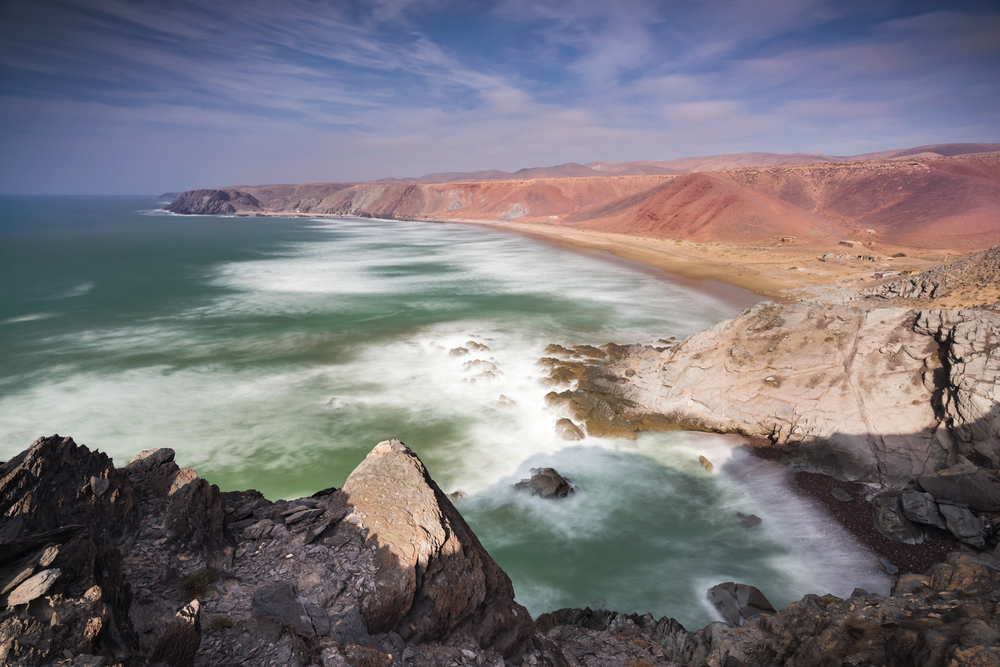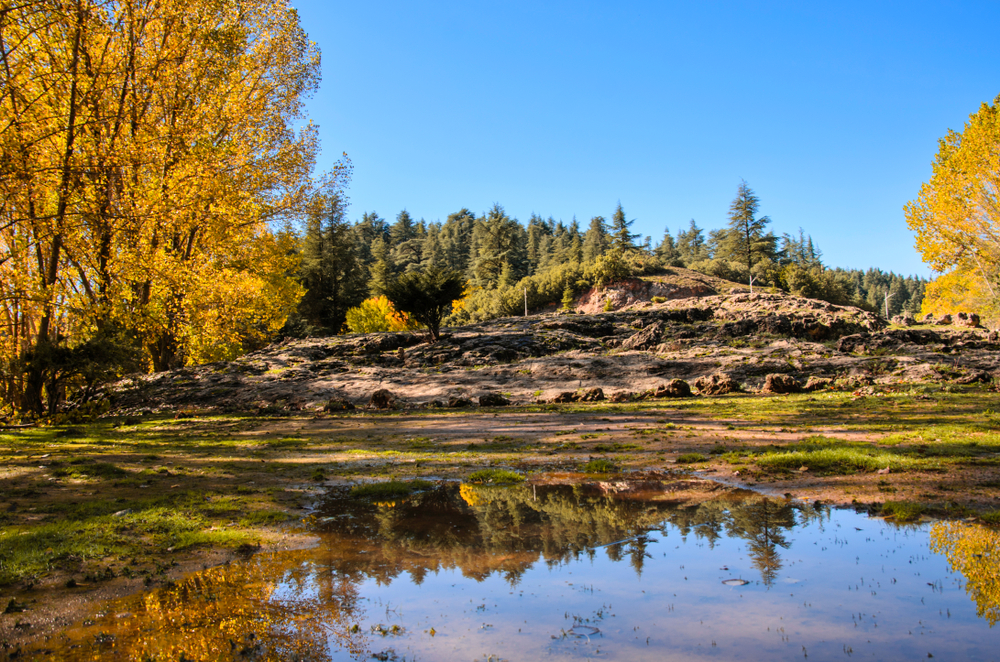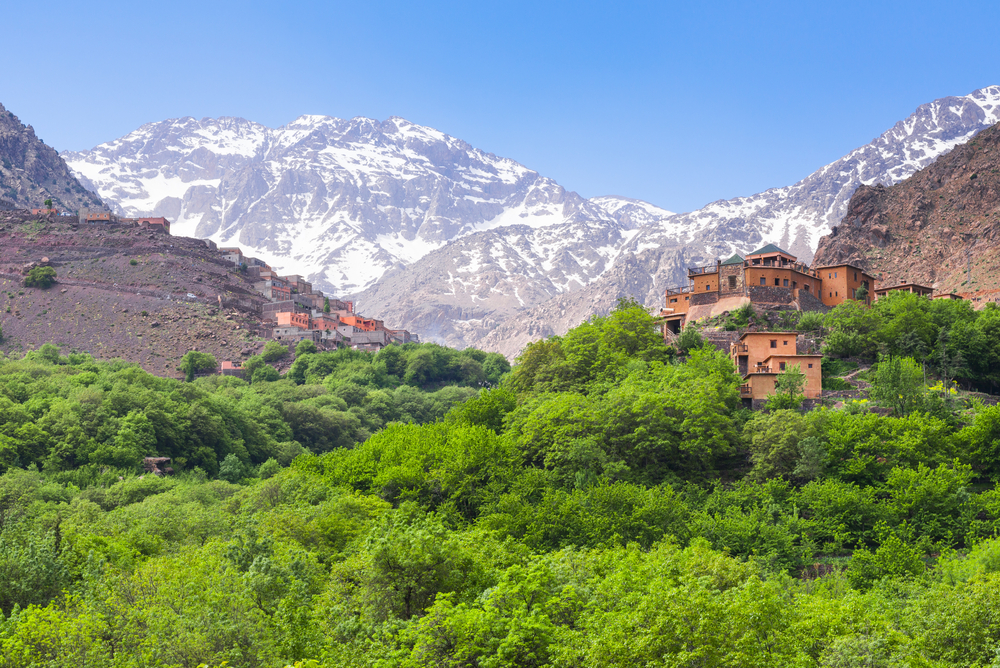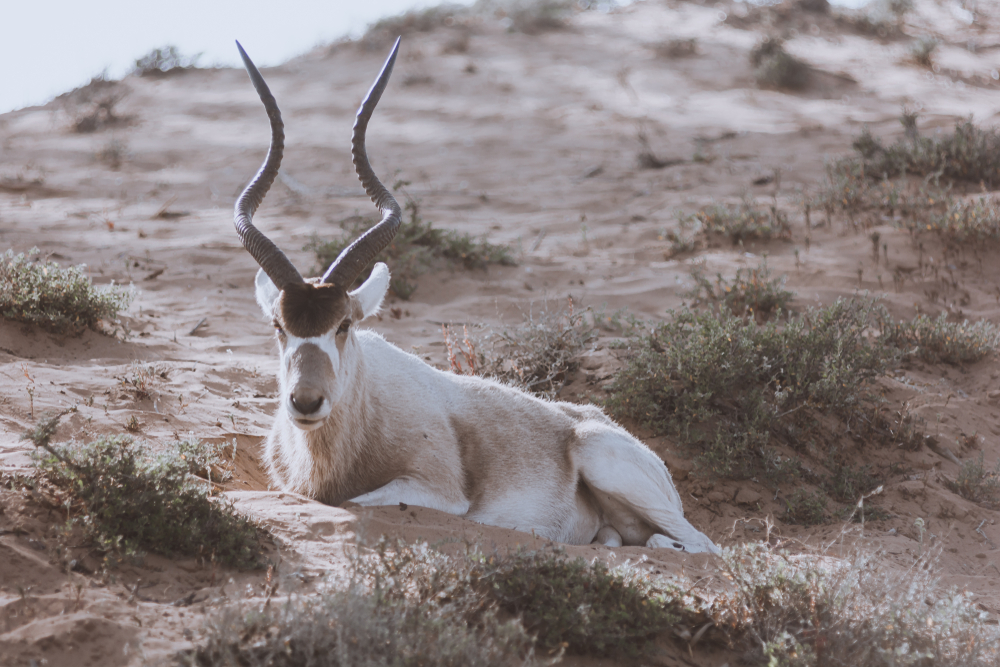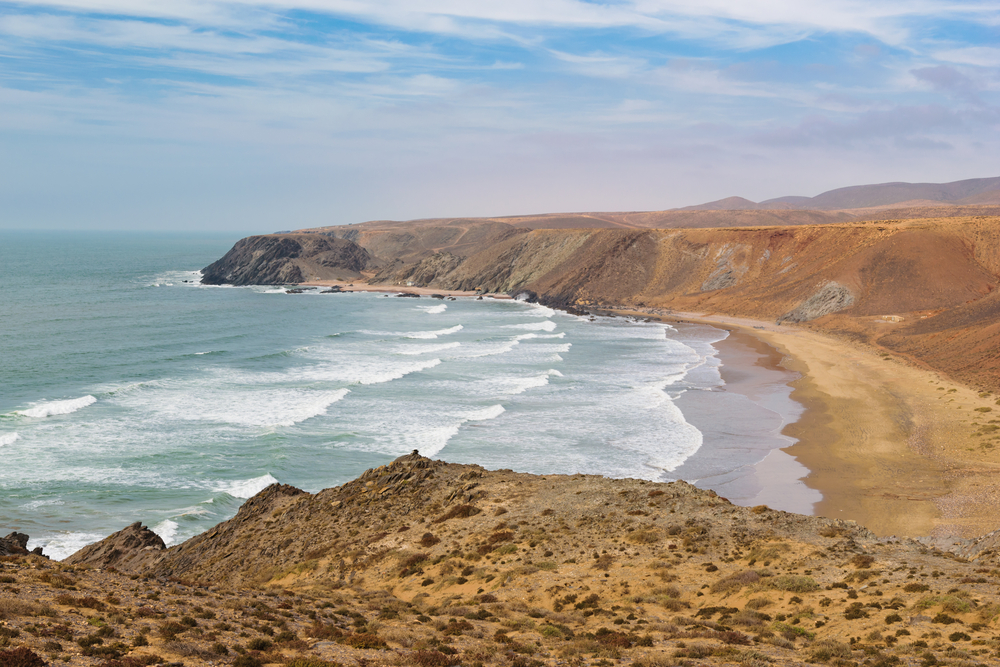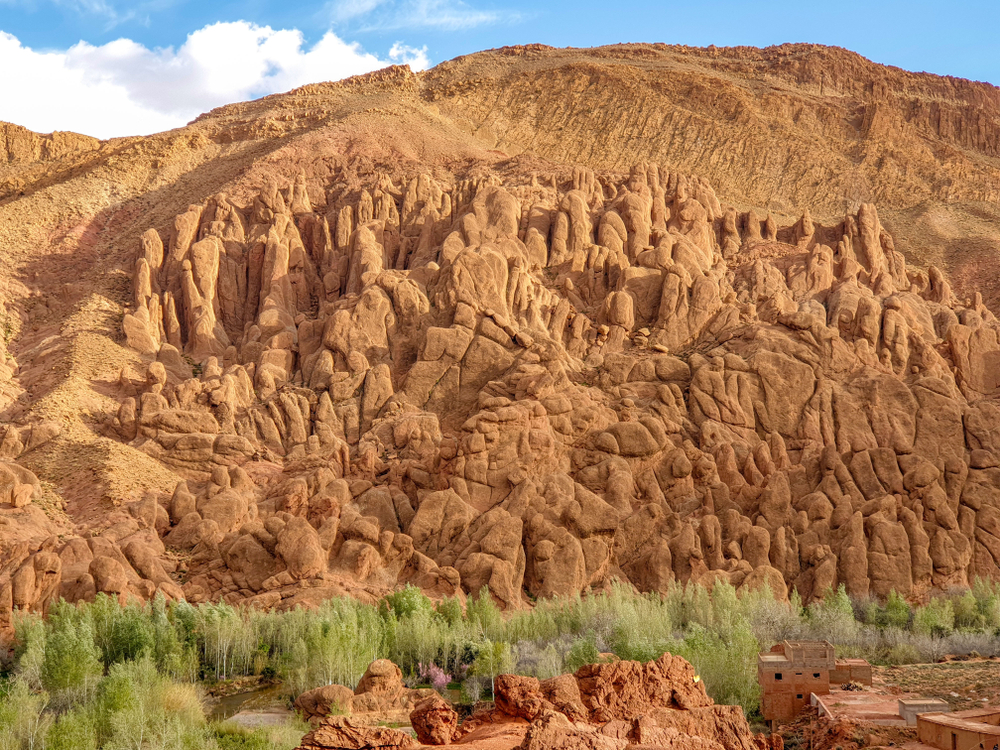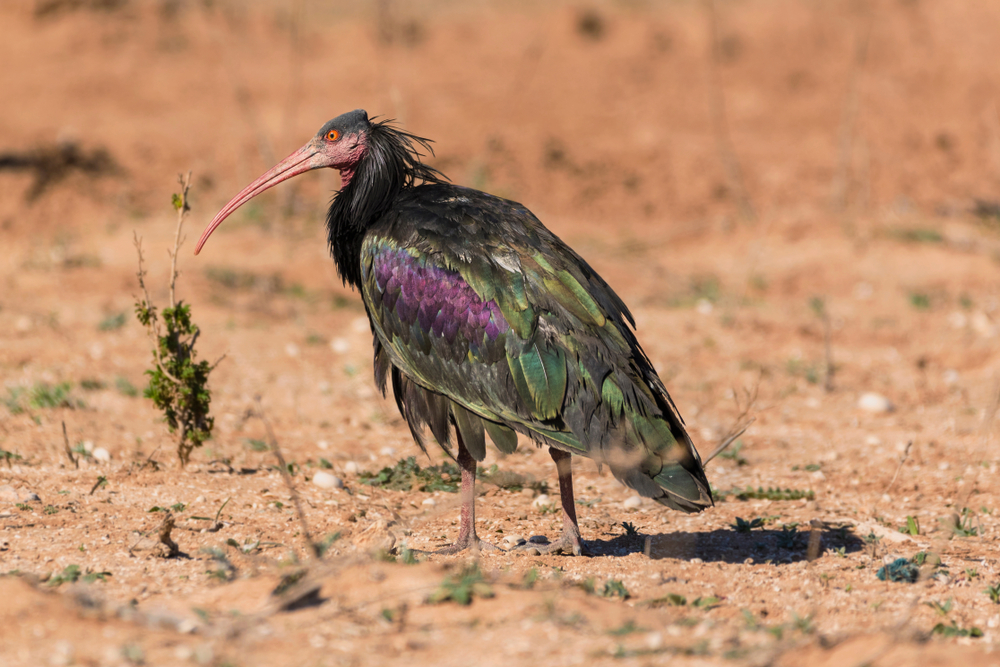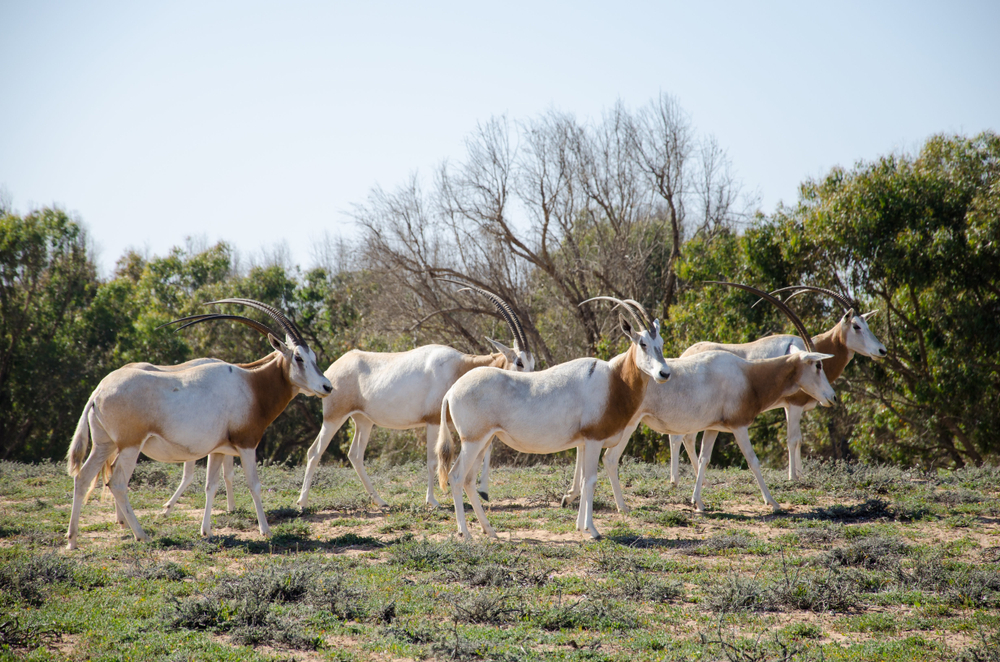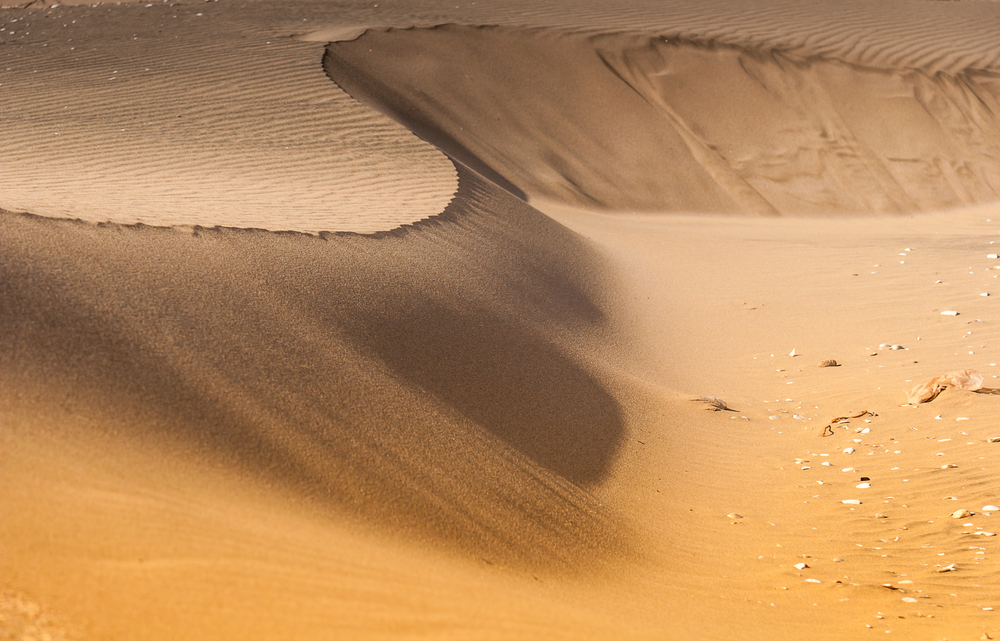Popular
Souss-Massa National Park, a coastal gem in Morocco, serves as a sanctuary for a diverse array of species that inhabit its unique landscapes, ranging from sandy beaches and cliffs to agricultural lands and forests.
This park is especially critical for bird conservation, offering refuge to migratory and resident birds, alongside hosting a variety of other wildlife species adapted to its varied ecosystems.
Bald Ibis – Critically endangered, the Bald Ibis is a flagship species of the park, known for its bald head and long, curved red bill.
Eleonora’s Falcon – This medium-sized raptor breeds on the park’s cliffs, feeding mainly on small birds caught in flight during its migration from Madagascar.
Barbary Falcon – Similar to the Peregrine falcon but smaller, the Barbary Falcon thrives in the cliffs and rocky outcrops, preying on small birds and mammals.
Northern Bald Ibis – Often spotted in the park, this bird is one of the world’s rarest, distinguished by its glossy black plumage and unfeathered face and head.
Ostrich – The North African Ostrich, once widespread across Morocco, is now mainly found in protected areas like Souss-Massa, representing Africa’s largest bird.
Marbled Duck – A globally threatened species, the Marbled Duck finds a haven in the park’s wetlands, with its mottled brown and cream plumage.
Crested Coot – Identified by its white frontal shield, the Crested Coot is a rare sight, favoring the secluded waters within the park’s boundaries.
Spoonbill – With its distinctive spoon-shaped bill, the Spoonbill frequents the park’s wetlands, sifting through the mud for aquatic invertebrates.
Moroccan Magpie – Unique to Morocco, this bird is easily recognized by its long tail and striking black and white plumage, often seen within the park.
Saharan Dorcas Gazelle – Adapted to arid environments, this small, graceful gazelle roams the park’s more arid regions, a testament to the diversity of Souss-Massa’s habitats.
The incredible variety of species found in Souss-Massa National Park highlights the importance of this area as a biodiversity hotspot in Morocco, offering a glimpse into the rich natural heritage of the region.








































































